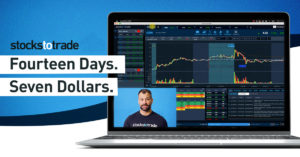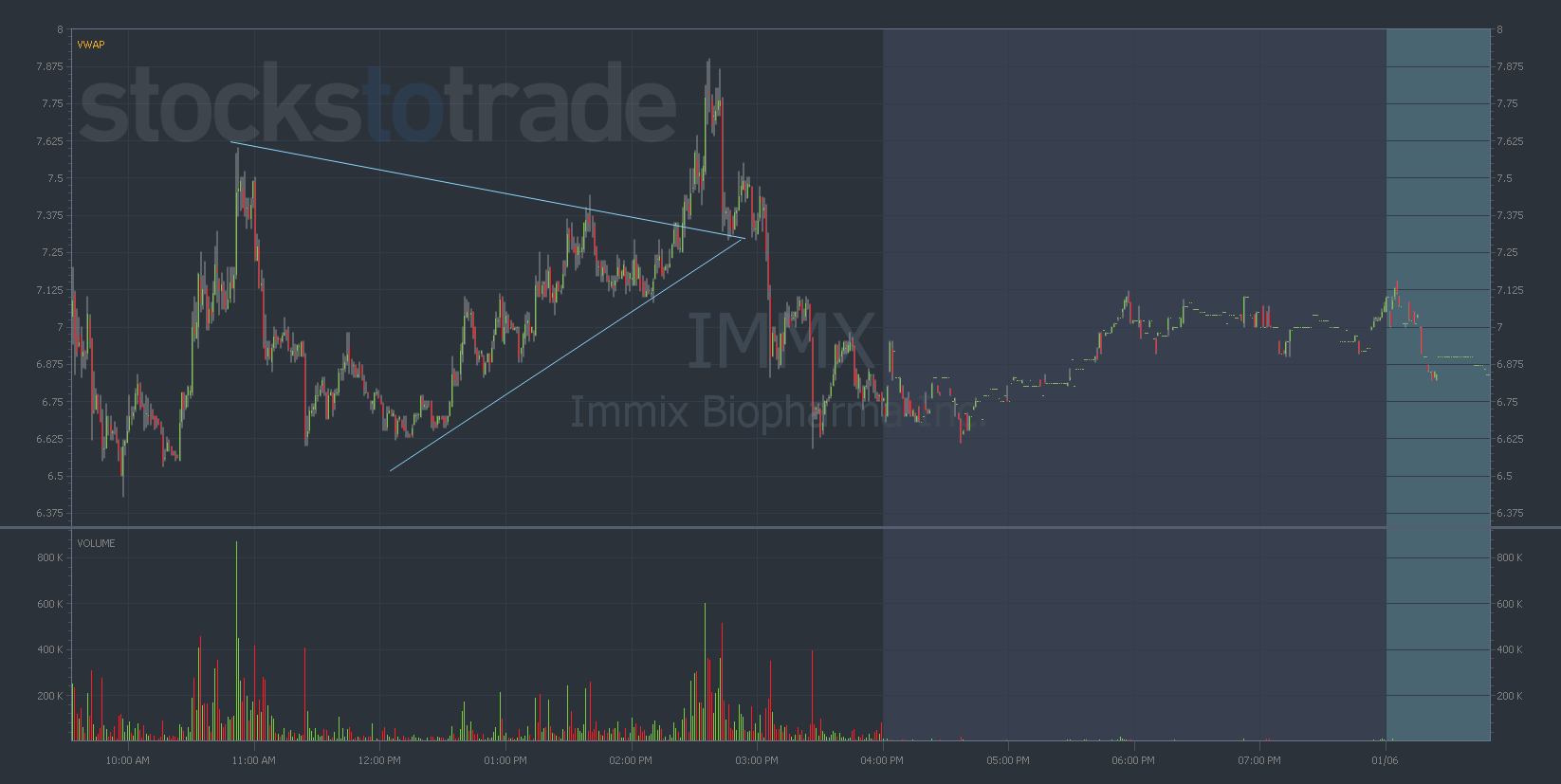Key Takeaways
- What Level 2 data is and why it matters to day traders (example included)…
- How using Level 2 data can make you a smarter trader…
- The one deceiving thing about Level 2 data you must learn. Read on!
Hey, all. Bryce here!
Some of you have asked me to go more in-depth on what Level 2 data is and how day traders can use it.
Today, I’ll show you!
Level 2 data isn’t necessary for becoming a consistent trader. But it’s useful information to have when determining whether to jump in a stock or stay away.
Let’s get into it!
What Is Level 2 Data?
Level 2 data is a log of bids and asks for a stock.
This data shows a few things: market makers, the prices at which they’re willing to buy/sell, and the size of transaction they’re willing to make.
Market makers provide liquidity to the market through buying and selling shares, based on supply and demand. A market maker is usually a large bank or financial institution like Morgan Stanley or UBS.
The Level 2 data lists the best bids (highest price a market maker is willing to pay) and the best asks (lowest price at which someone is willing to sell) from top to bottom.
This data also shows the transactions that are occurring every second. So it can give you a visual showcase of which direction a stock may be heading.
Let’s look at an example to see…
Why Is Level 2 Data Beneficial for Day Traders?
I want to use an example from the market-close webinar I did for the SteadyTrade Team last Wednesday, January 5…
I was watching the Level 2 for Immix Biopharma, Inc. (NASDAQ: IMMX) after it broke through a key trend line around $7.35.
Like I mentioned before, Level 2 is useful while in a trade because it helps you determine where the price is likely heading. You can watch the bid and ask prices update in real time…
If bidders don’t meet the askers’ prices, the price will drop. But if the bidders are willing to meet the price of askers, the stock will go up — and it could happen quickly if the volume’s there.
With IMMX, I wanted to see if the bidders would hold up and allow it to run to the $7.70s as I expected…
The bidders came through … but it happened slowly as opposed to all at once.
After a bit of choppiness, IMMX got up to $7.85 before the bidding went down.
Can Level 2 Be Deceiving, Too?
Like any tool or indicator, you can’t rely on Level 2 data alone. Here’s what you need to know…
Level 2 data doesn’t list every single dollar that’s going into and coming out of a stock.
There are private exchanges of money called “dark pools.” Large investors (like banks and institutions) use dark pools as a way to avoid price fluctuation before selling their shares.
If an institution wanted to sell a large chunk of stock, the shares could lose value in order to meet a bidder’s price.
This way, the devaluation in share price comes after the shares are already sold.
The share price doesn’t showcase this sale until it’s already completed — but the Level 2 doesn’t showcase why. This can leave investors confused as the data didn’t support the price move.
Remember: If you ever see a share price move that goes against the Level 2 data, assume that a private transaction occurred.
Conclusion
Level 2 data may confuse some of you. But it’s useful to know if you want to better understand why a stock is moving up or down.
It can also help you predict whether a stock can sustain a strong move in either direction…
Level 2 data is fast-moving and super dynamic, which is why it’s important to start getting comfortable with it.
It may take you some time to completely understand it, but once you do, you’ll feel that much more comfortable with your entry/exit price points.
Lift off,
Bryce Tuohey


